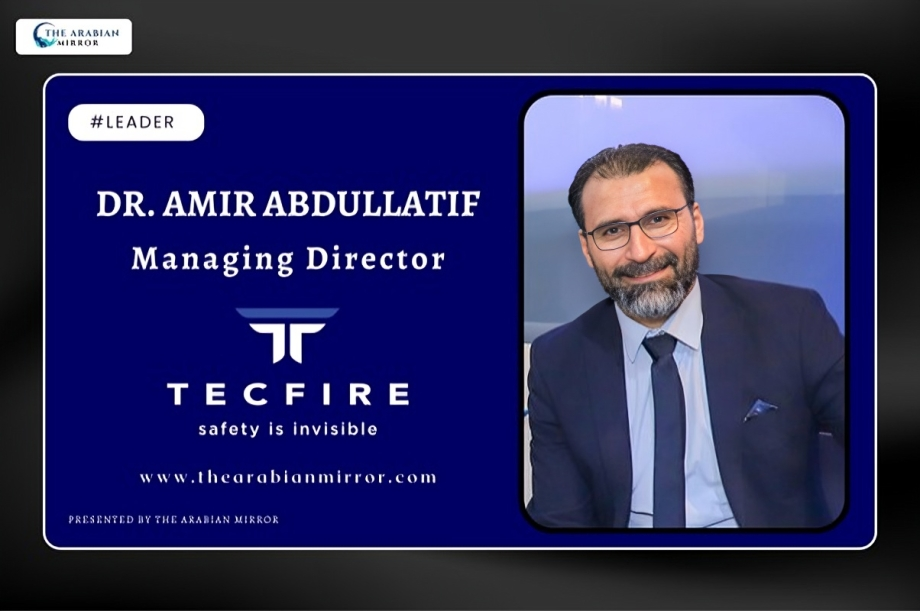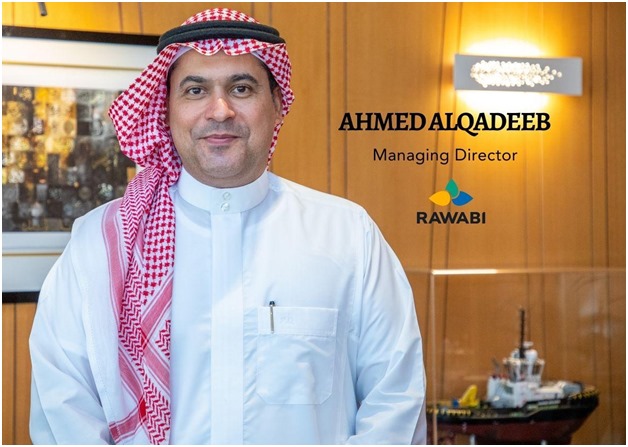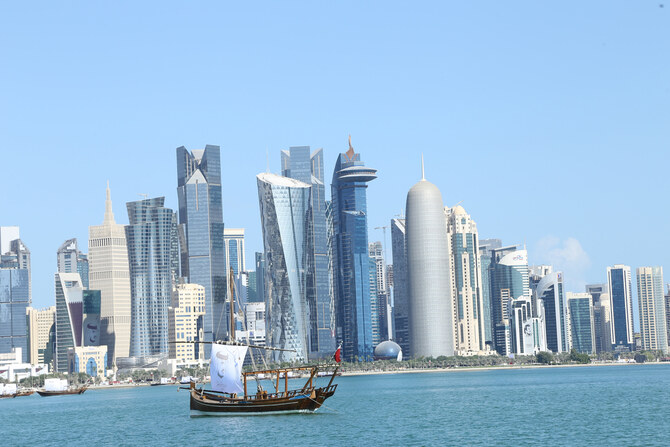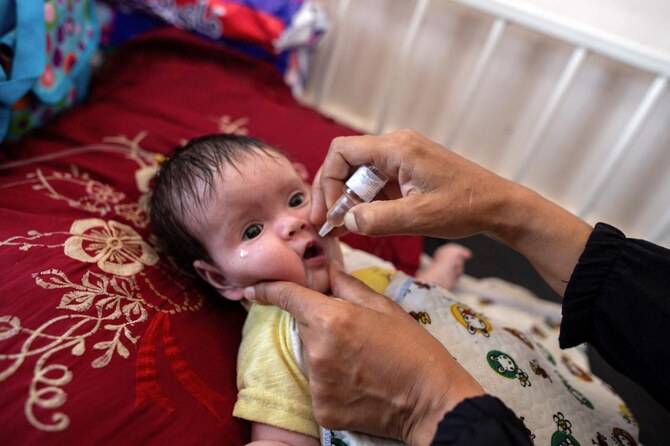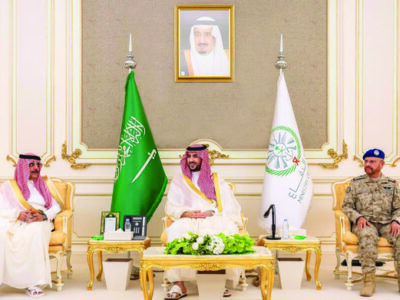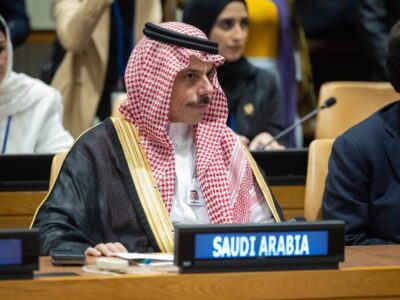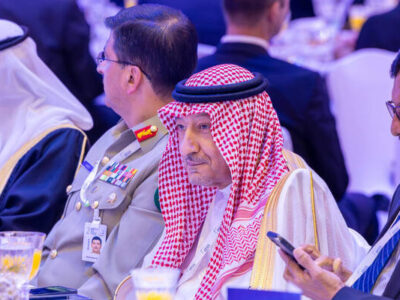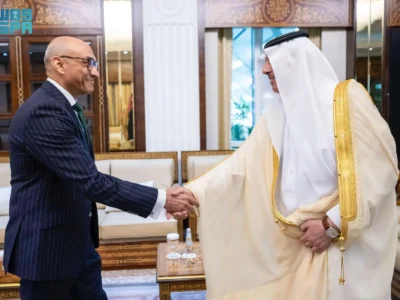In a bold move to transform its economic landscape, Saudi Arabia is embarking on an ambitious mission to attract up to $80 billion in private investments into its burgeoning tourism sector. Ahmed Al Khateeb, the dynamic Tourism Minister, expressed the government’s desire to shift the financial burden and make the private sector the driving force behind the Kingdom’s aspiration to be among the world’s most sought-after travel destinations.
A Private Sector-Led Vision:
Minister Al Khateeb envisions a scenario where the private sector takes the lead in investment, outlining a goal to secure $60 billion to $80 billion by 2030. Describing this target as “very ambitious,” he emphasizes the need for a collaborative effort to achieve Saudi Arabia’s tourism dreams.
Saudi Arabia-A Financial Facelift for a Post-Oil Future:
Saudi Arabia plans to allocate a staggering $800 billion to the tourism sector over the next decade, positioning itself for a post-oil era. This comprehensive strategy encompasses diverse endeavors, from metals mining to hosting major sporting events, reflecting the Kingdom’s commitment to diversify its economy.
Tourism 2030: A Vision for 150 Million Tourists:
With a target of hosting 150 million tourists annually by 2030, Saudi Arabia envisions a vibrant tourism landscape, welcoming approximately 70 million international visitors. This monumental goal signifies a paradigm shift, as the Kingdom endeavors to transition from an oil-dependent economy to a global tourism hub.
The Role of Private Investment in Vision 2030:
While the state and sovereign wealth fund have played pivotal roles in financing tourism development thus far, the government acknowledges the indispensable role of foreign direct investment (FDI), particularly from the private sector. James Reeve, Chief Economist at Jadwa Investment Co., asserts that securing private investments will be critical to adhere to the Vision 2030 timeline as mega projects gain momentum.

Challenges and Considerations:
Saudi Arabia, facing annual deficits through 2026, is cautiously navigating the fine line between ambitious plans and fiscal responsibility. Delays in some 2030 projects have been announced, reflecting a judicious evaluation of financing requirements and concerns about potential economic overheating.
Tourism Dynamics: A Snapshot from 2023:
In 2023, Saudi Arabia recorded 100 million tourists, with the majority being locals. International visitors, accounting for around 27 million, were largely driven by religious or business travel. The leisure segment remains relatively modest, as construction continues to reshape Riyadh, making it a hive of activity.
Global Tourist Outreach:
To boost international tourism numbers, Saudi Arabia is eyeing the burgeoning middle-class populations in India and China. Additionally, the UK, France, and Germany are identified as appealing markets. Minister Khateeb underscores the challenges associated with destinations requiring longer-haul flights, exceeding eight hours.
A Leap Towards Accessibility:
Recognizing the need to facilitate private investment, the Ministry of Tourism has launched a groundbreaking program. Valued at $11 billion, this initiative aims to streamline the investment process by reducing barriers to entry. The move is expected to foster a more inviting environment for investors eager to contribute to Saudi Arabia’s tourism renaissance.
Conclusion: Saudi Arabia’s bold pursuit of $80 billion in private investments signals a resolute commitment to redefine its economic identity. As the Kingdom navigates the intricate balance between fiscal prudence and ambitious development, the future of Saudi tourism rests on the shoulders of collaborative efforts, innovation, and a strategic influx of private capital. The Vision 2030 journey is not merely about transforming skylines but shaping a new narrative for Saudi Arabia on the global tourism stage.
Also Read
Ramadan 2024: UAE Declares Shortened Working Hours for Public Sector Employees
Madinah Buses Prepared to Serve Visitors During Ramadan 2024 in Saudi Arabia









